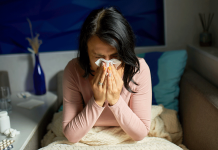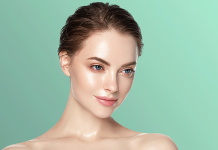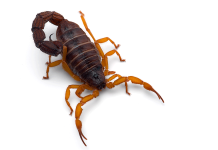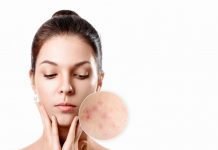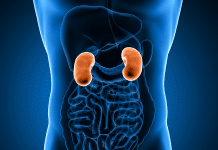Are you afraid of your moles or hate them? Moles are nothing to be scared of as they are very common, and people don’t even have one, but two, three, four, etc. People who have fairer and light skin have more visible moles. They are nothing to be ashamed of as well, as every skin is beautiful in its own way.
Moles have different causes, but mainly genetics and sun damage contribute more to their emergence.
With your developing body and age, moles also grow. They appear when you’re a child and grow with you in different sizes and colors. New moles might usually appear when hormones change, especially during pregnancy. They vary in color from pink to dark brown and black.
Moles can be anywhere on your body, so don’t be afraid if you see them in a very unusual place.
When you should be worried and consult a doctor, new moles appear in adulthood and change their appearance. It is better to get it checked to see if it’s not a cancerous growth.
Moles are divided into different types; congenital, acquired, and atypical moles.
Congenital moles are known as a birthmark, and they are different in size, shape, and color for every individual. It can be massive for a person and very tiny for the other. They appear on most newborn infants and get treated for cosmetic reasons when they grow up. If the birthmark starts to change its appearance when the child grows older, you need to get it checked to avoid any consequences.
Acquired moles are known as common moles, and they emerge on your skin after your birth. Fairer and lighter skin tends to have 10-40 moles each. They are typically round or oval, smooth or rough in texture, trim, might have hair, unchanging, flat, slightly lifted, or sometimes dome-shaped. People with dark skin or dark hair may have darker moles than fairer skin. Common moles more than 40 are at risk of skin cancer, so you need to be cautious when you notice 45-50 common moles on your body.
Atypical moles are also known as dysplasia nevi. They emerge anywhere on the body but mainly on the neck, head or scalp, and trunk. Small atypical moles might be cancerous because of having melanoma. It would help if you opted for regular skin checkups to avoid any damage. Atypical moles are most likely to become cancerous. They are not appreciated because of their appearance. They are tan, brown, red, and pink in color, pebbled in surface, larger in size, irregular in shape, and have uneven borders. They are commonly found in people who get more sun exposure or have fairer skin.
Do you have any moles on your skin? If you do, how many moles do you have? Do you like them or wish to remove them?
Until Next Time,
Team Doctor ASKY!

